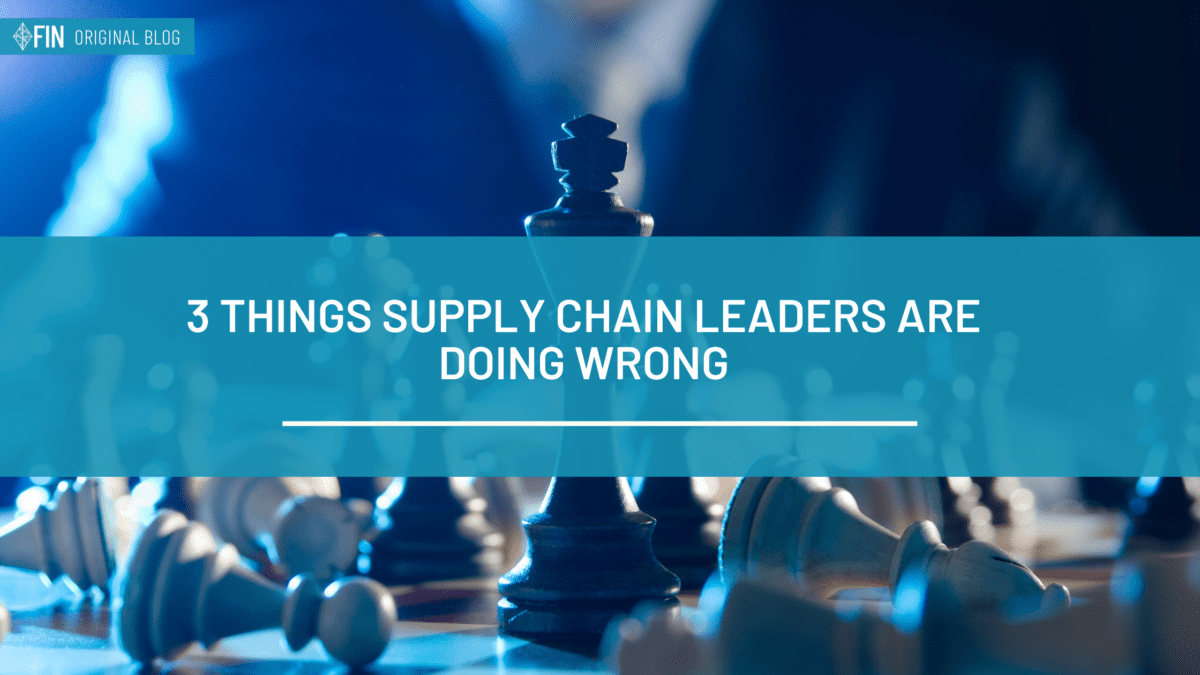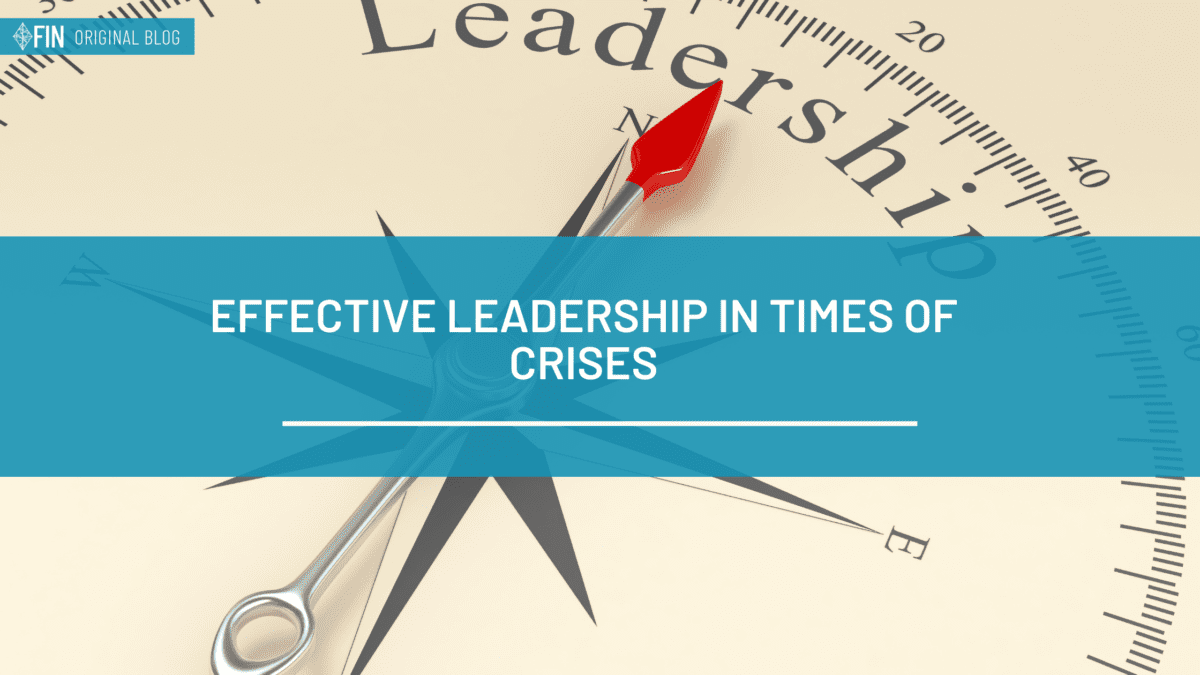Supply chain is experiencing an ever-widening skills and labor gap. The rate of retirement of the Baby Boomer generation versus the rate of recruitment is causing a disparity that must be addressed.
There is always news coming out about the difficulty in hiring Gen Zs. As a generation, we are entering the workforce having experienced more ‘once in a lifetime’ economic events than previous generations before we have even reached 25.
But what does this mean from a recruitment perspective? It means we approach work differently than our predecessors. The attitude of finding a job and remaining loyal to the company until retirement is no more, causing recruiters battle against each other to not only hire the right talent but retain them.
The supply chain industry is experiencing this at a rapid rate. With supply chains involving such varied roles, from warehousing to transportation to management, efforts to attract this talent may need to be approached differently.
We are seeing a shift in the workforce in real-time, but for companies to stay competitive they must start appealing to Gen Z right now before they fall behind.
The question is: How?
What’s different about Gen Z?
Hustle culture is over. Working to the bone for your boss is no longer a professional bragging right among the younger generation who have been dubbed as “workers who want it all”.
Balance here is key. Hard work has now been replaced with smart work – with flexible working enabling more productive working environments. And Gen Z has championed understanding the need for working in a way that suits your individual needs and productivity levels.
How to attract Gen Z into the supply chain
It’s time for digital
This isn’t the first time you’ll be hearing about the urgency of digitizing the supply chain. If it is, where have you been?
But, the thing is, striving toward digital transformation isn’t only going to make your supply chain resilient with E2E visibility, it is going to help attract the people who can help champion it.
Gen Zers, for the most part, are digital natives, in a professional sense at least, everything we have learned throughout our early years, education and early professional life has been centered around the internet and the new digital age. For you and your supply chain, this makes Gen Zers a real asset, placing us as the people who can come in with a fresh perspective and help rejuvenate your supply chain in line with the rate of digitalization.
But, from a recruitment perspective, this presents a challenge. We know that Gen Zers can provide these fresh perspectives and new ways of thinking needed to build resilience within the supply chain, but it’s another thing attracting them. This has to be mutually beneficial.
These professionals have gone to university or gained work experience learning about the new cutting-edge advancements within supply chain. This means to attract Gen Zers, you’re going to have to show not only your willingness to adopt new technologies but hard evidence that you already are.
Dell Technologies recently found not only do 80% of Gen Zers want to work with cutting-edge technology, but 91% also say the technology in a prospective workplace would influence their job choice.
Why would a new professional want to join a company that is stuck in the old stagnant ways, unwilling to look beyond what has worked before – but simply will not work in the future?
It’s time to look forward, and embrace new technologies, not only for the success of your supply chain but for the benefit of your team.
From Culture to Mission…
Workplace culture has become somewhat of a buzzword over the last couple of years. The fact of the matter is, however, that these things become ‘buzzwords’ because of a real shift in an otherwise concrete environment.
It is perhaps because Gen Zers have grown up online, but we are particularly good at sniffing out inauthenticity in the workplace. We share our ‘red flags’ with peers and help others become educated about those warning signs.
This means that outlining pizza Fridays as part of your work perks are no longer going to cut it. Companies need to be value driven to recruit Gen Zers – who are the most tuned in to political discourse and social responsibility than the generations that preceded them.
A recent report from EY found that 63% of Gen Zers felt it was very or extremely important to work for a company that shares their values. From diversity to sustainability, companies that are not making tangible and honest steps to meet these necessities (and yes, diversity and sustainability are necessities) will fall behind.
The supply chain is an industry that has a very real sustainability burden, the World Economic Forum recently found that just 8 supply chains account for 50% of global carbon emissions – a catastrophic statistic. This may lead you to wonder how exactly this may attract the environmentally conscious Gen Zers to work within supply chain…
Gen Zers are keen to make a difference, and being the company that is making progress in lengths taken to create sustainable supply chains could be exactly what Gen Zers are looking for. Outlining not only your goals but what you have already set in place to help, could be the deciding factor in bringing the fresh Gen Z talent.
When it comes to attracting Gen Z, purpose is everything.
Gen Zers want to be part of something driving change for good. So much so, that YouGov found 49% of Gen Zers were willing to take a 20% pay cut if it meant working for a purpose-driven company. Whilst the acceptance of lower pay is by no means an incentive to become purpose-driven, but what it does show is Gen Z’s willingness to sacrifice their own benefits to be part of the greater good.
Educate: supply chain is sexy!
The chances are, Gen Zers simply do not have supply chain on their radar. Sure, over the last year or two supply chain discourse has become a household discussion in the face of crises, but in terms of job prospects, it’s not exactly a job people naturally gravitate towards.
There’s one obvious way this can change, and it’s with proper marketing. Supply chain leaders and recruiters need to think about attracting the next generation of talent as a sales and marketing exercise.
Utilizing social media is an obvious place to start, but it has to be done right. Creating a thorough strategy to build your employer brand that is ‘Gen Z friendly’, will do the work for you.
- Share career journeys: Gen Zers may not be familiar with the positions within supply chain, so tell them! Share stories of employees, outlining how they got to where they are today.
- Outline your diversity: It’s not enough to say you are a diverse employer or to pop up a rainbow flag every pride month. Demonstrate your diversity by celebrating your employees for who they are, and what they have to achieve. Including your range of talent in different posts should allow the diversity to speak for itself. If this is a struggle, perhaps it’s time to look internally at why.
- Employee advocacy: The most authentic way to build employer branding is through employee advocacy. When your team wants to preach about their work within the company and has the freedom to discuss their work, it sends the message that their employer gives them the space to be individuals within their organization.
Outline the Opportunity
A Robert Half survey found that 95% of Gen Zers outlined career advancement as a top reason to choose an employer.
You have to think about the wider context of why Supply Chain is struggling to attract Gen Z. This is a generation that has spent two vital years in lockdown. This isn’t to say no one else had it easy, but these are the two years where Gen Zs were graduating from university, or taking the first steps of their professional career. Doing this during a pandemic caused obvious barriers.
And now, the world has opened back up, we are playing catch up. We are a generation that not only wants flexibility in how we work but the opportunity to learn and develop: something many of us have not had the chance to do over recent years.
So, what opportunity does your company offer? Do you have individual learning and development budgets? What about progression? Do your vacant roles have a clear line of advancement?
Gen Zers are job hoppers. We have been held back at the start line and now want to gain as much experience in as little time, which means to both attract and retain talent you have to be able to offer real value.
Linkedin Data found that Gen Zers are switching jobs at a rate 134% higher than in 2019. This is no coincidence.
This isn’t just about filling the gap
By 2030, Gen Zers will represent 30% of the workforce. But let it be known, this isn’t just about filling the gap. It’s about bringing fresh perspectives to help the longevity and success of supply chain.
If you continue to use old-hat methods, expect to fall behind. You will quickly notice those who are front runners and trailblazers, are the ones with varied teams, trialing new ideas – what are they doing to attract the next generation of supply chain leaders, that you aren’t?
As a member of the Future Insights team, and also a Gen Z, I can testify my generation’s urge to be included in the mission for change. Helping supply chain leaders with their supply chain transformation is at the heart of everything we do at FIN, but it’s so much more than that.
By leading debates on sustainability, diversity and inclusion within the supply chain industry, the ramifications of these changes will be amplified far beyond that of supply chain discourse, but to practices that will influence the whole world. I can testify that purpose and mission was the main pull toward my role at FIN – and what many other Gen Z professionals are searching for in the next step of their supply chain career.





